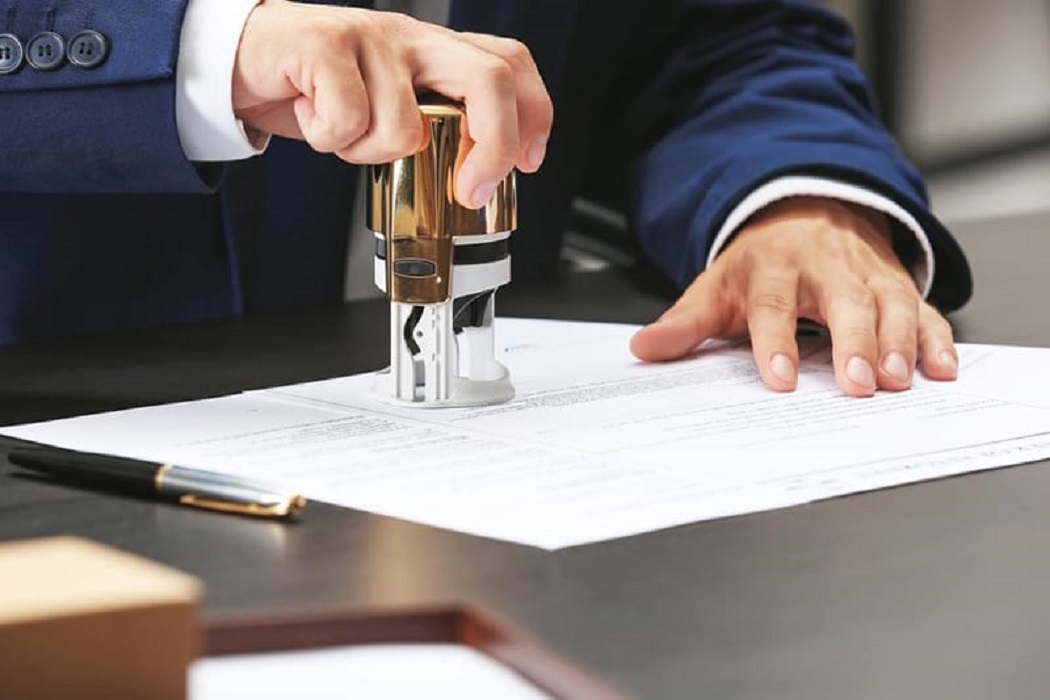When creating labels for packages, envelopes, or other mailings, it can be helpful to have an address stamp that will quickly and easily create a custom address. There are many different address stamp types on the market, but which one is right for you? In this article, we’ll take a look at some of the different types of address stamps and help you decide which one is best for your needs.
What is an Address Stamper?
An address stamp is a small, personal item that can be used to affix a handwritten or printed mailing address to an envelope. There are many different types of address stamps available on the market, and each has its own advantages and disadvantages.
The most common type of address stamp is the rubber stamp. Rubber stamps are easy to use, but they can only print one letter at a time. They are also not very durable, so they may not last long if used often.
The second most common type of address stamp is the metal stamp. Metal stamps are more durable than rubber stamps, and they can print more than one letter at a time. However, they are harder to use than rubber stamps, and they may not be as accurate.
The third most common type of address stamp is the electronic stamp. Electronic stamps are the easiest to use of all three types, but they may not be as accurate as metal or rubber stamps.
The Different Types of Address Stamps
If you’re looking for an easy and affordable way to personalize your mail, a stamp is a great option. There are many different types of stamps available, each with its own advantages and disadvantages. Here’s a look at four different types of stamps and their corresponding uses.
Text Stamp: These stamps print text only; they’re good for adding simple logos or contact information to envelopes. They’re also popular among DIY enthusiasts because they’re relatively easy to use.
Design Stamp: These stamps have designs on them and are good for adding more complex graphics or images to envelopes. They’re also more expensive than text stamps, but often provide a better finished product.
Offset Stamp: Offset stamps use two plates instead of one; the first plate prints the text or image, while the second plate punches a hole through that text or image and onto the envelope. This type of stamp is best for printing large blocks of text or images that need to be centered in the envelope.
Die-Cut Stamp: Die-cut stamps are made from a piece of metal that has been cut into specific shapes, like stars or hearts. They’re typically used for adding intricate designs to envelopes or cards.
How to Order an Address Stamper
There are a few things to consider when ordering an address stamp. The type of stamp you need, the size of the stamp, and the adhesive. Below are three different types of stamps and their corresponding adhesive.
Ordinary Postage Stamp – This stamp is for use on ordinary mail. It uses a standard adhesive.
Photo Address Stamp – This stamp is for use on postal envelopes that have a photo area on the front. It uses a special adhesive that is compatible with photos.
Pre-Printed Address Stamp – This stamp is pre-printed with your address. It uses a standard adhesive.
How to Use Your Address Stamper
The best way to use an address stamp is to place it on the envelope before you stamp it. This will ensure that the ink is applied evenly to the envelope. Additionally, if you are using a stamp that has a window, make sure to line up the window with the stamp so that the ink doesn’t seep under the window.
When it comes to address stamper designs, there are a lot of different options out there. Which one is the best for you depends on your needs and preferences. If you need a stamp that can handle a lot of wear and tear, then you might want to consider opting for a rubber stamp design. On the other hand, if you only need an address stamp occasionally and don’t mind spending a little bit more money, then an aluminum or die-cut stamp might be better for you. Ultimately, the best way to find which address stamper is right for you are by trying out different designs and seeing which ones suit your needs the best.
